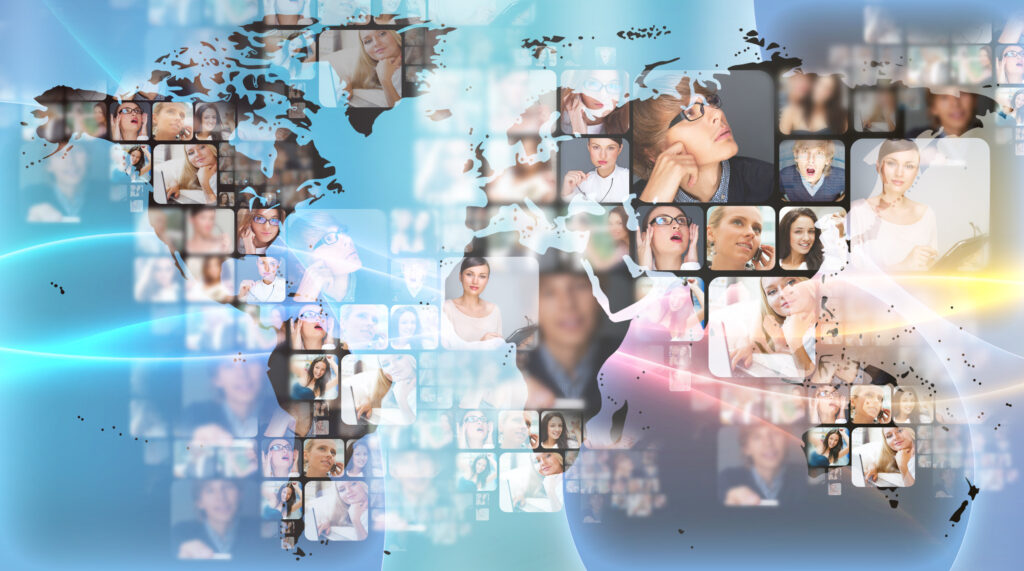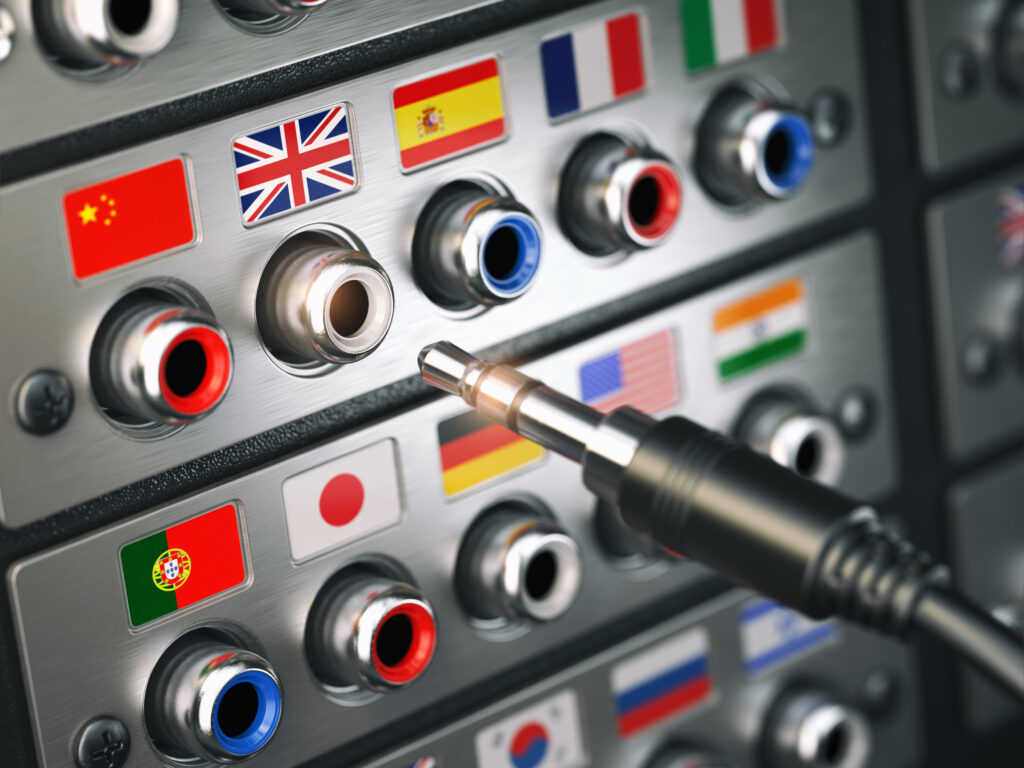
In the past, translation was seen as a secondary consideration, something that was done only when necessary. It was a barrier to market entry and often a last-minute consideration in launching a new product or service. This would result in marketers needing to prepare and gain approval pre-launch for all communications (including digital, written, visual, graphic, multimedia and print). Then all of these would need to be adapted and localized for all new markets. As the deadlines for the original language would lengthen, the localization needed to be squeezed into ever diminishing deadlines, to ensure that the communicated launch deadlines would be met.
However, in today’s world, where businesses operate on a global scale and people interact internationally daily, translation has an ever-increasing importance. Deadlines remain tight for product and service launches, but as we see a diminished product life, more agile development cycles and more frequent product launches, the volume of launches increased too.
There are several reasons why translation is crucial for effective global communication. I’ve gathered several from my perspective as a marketer, but feel free to add any more from your point of view.
Translation for commercial gain allows people to communicate and conduct business, shop, compare and develop loyalty and trust, even if they do not speak the same language. This language accessibility is important for business, as it allows companies to expand into new markets and to communicate and engage with their customers and partners around the world. This allows them to increase international revenue with minimal investment in localization. All the materials, services, training and products are already created, they just need to be localized to adapt and work optimally in each new language and market.
Translation is essential for ensuring that information is accurately conveyed and that the original meaning of the text is not lost in the process. Accurate translation is essential for avoiding misunderstandings and ensuring that all parties correctly and quickly understand information. This is particularly true for eLearning and loyalty building content for customers. The quicker their customers understand how to use and appreciate the product or service, the faster the advocates and influencers can positively improve and expand your social media reach.
Trust, diversity and inclusion are becoming increasingly important pillars of marketing communication. This could be in the form of Language Accessibility. One of the most basic ways in which translation and localization can promote trust, diversity, and inclusion is by making content accessible to people who speak different languages. When content is available in multiple languages, it can help to break down barriers and allow people from different cultures to connect and engage with each other. By simply translating the English language, without applying context and culture, consumers feel international brands are taking a generalized approach and failing to recognize the cultural nuances which consumers highly value.

“Brands need to respect culture and context when engaging with different audiences. This appreciation will open up their access to local communities, lead to the exchange of culture and ideas and ultimately contribute to the rise of a global, yet culturally diverse community of consumers. After all, it is our differences which define us.”
Localization can also help to ensure that content is culturally sensitive and appropriate for different audiences. By understanding the cultural nuances of a particular language or region, translators and localizers can make sure that the content does not offend or alienate anyone.
Translation and localization can also help to promote inclusive language by using gender-neutral terms, avoiding stereotypes, and using terms that are respectful of different cultures and backgrounds.
When translating and localizing content, it’s important to ensure that the translation accurately represents the original text or message. This can help to build trust with audiences by demonstrating that the content is authentic and trustworthy. When we work in a trusted environment the benefits are immense. Look at this HRB article for more information on the power of trust within an organization. The Neuroscience of Trust (hbr.org)
Finally, translation and localization can help to promote diversity of perspectives by making content available to people from diverse cultures and backgrounds. This can help to broaden people’s understanding of different viewpoints and promote greater empathy and understanding between different groups.
Overall, translation is an essential part of our globalized world. It allows people from different cultures and backgrounds to communicate with one another, ensures that information is accurately conveyed, and helps to break down language barriers.
The limits of my language means the limits of my world.
Ludwig Wittgenstein Tweet
Language is the road map of a culture. It tells you where its people come from and where they are going.
Rita Mae Brown Tweet
Without translation, I would be limited to the borders of my own country. The translator is my most important ally. He introduces me to the world.
Italo Calvino Tweet
Upload your documents to WordsOnline and pay online for a fast, simple service. 10% discount on your first order
We will help you transition to the new world of continuous localization!

